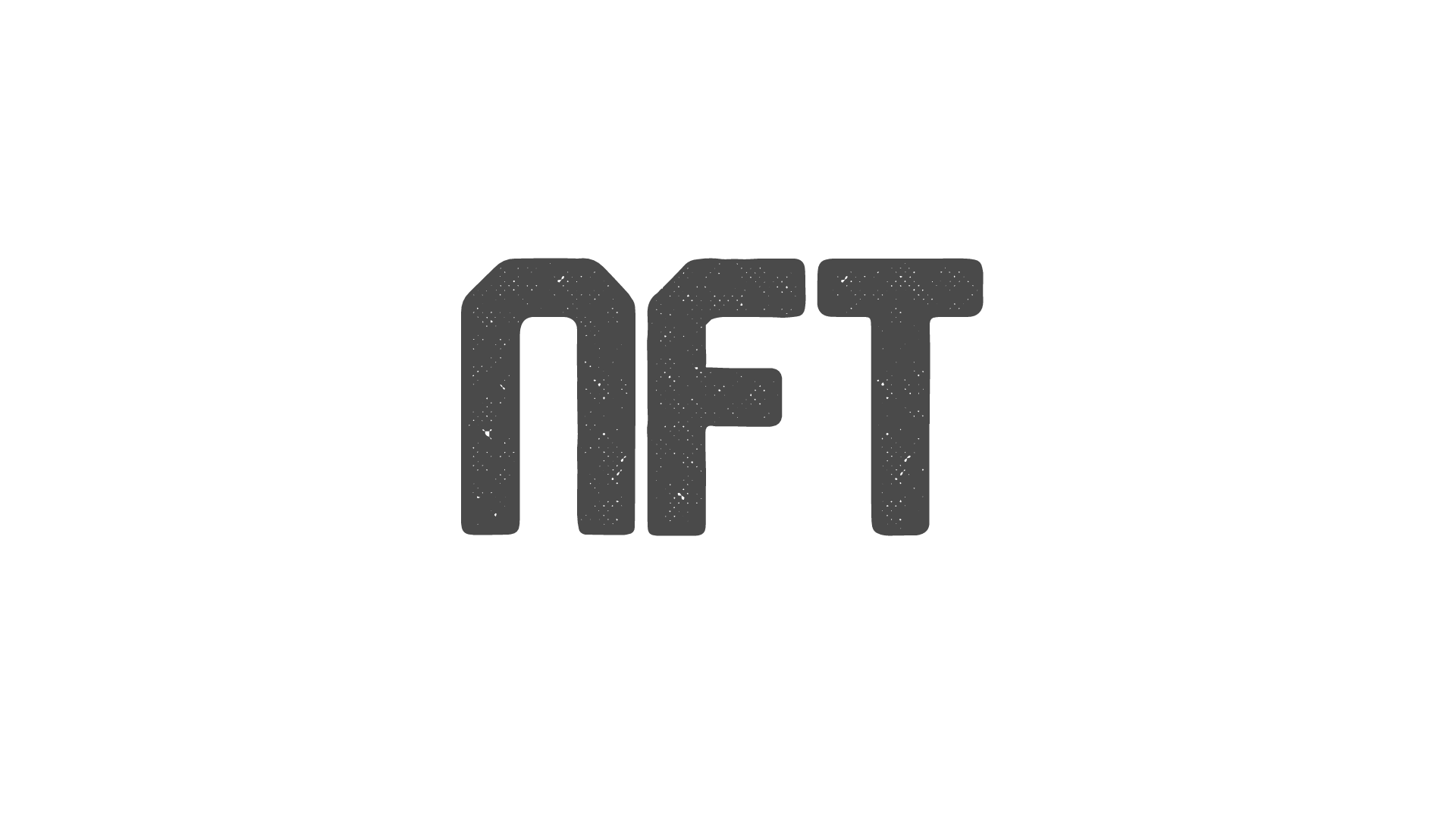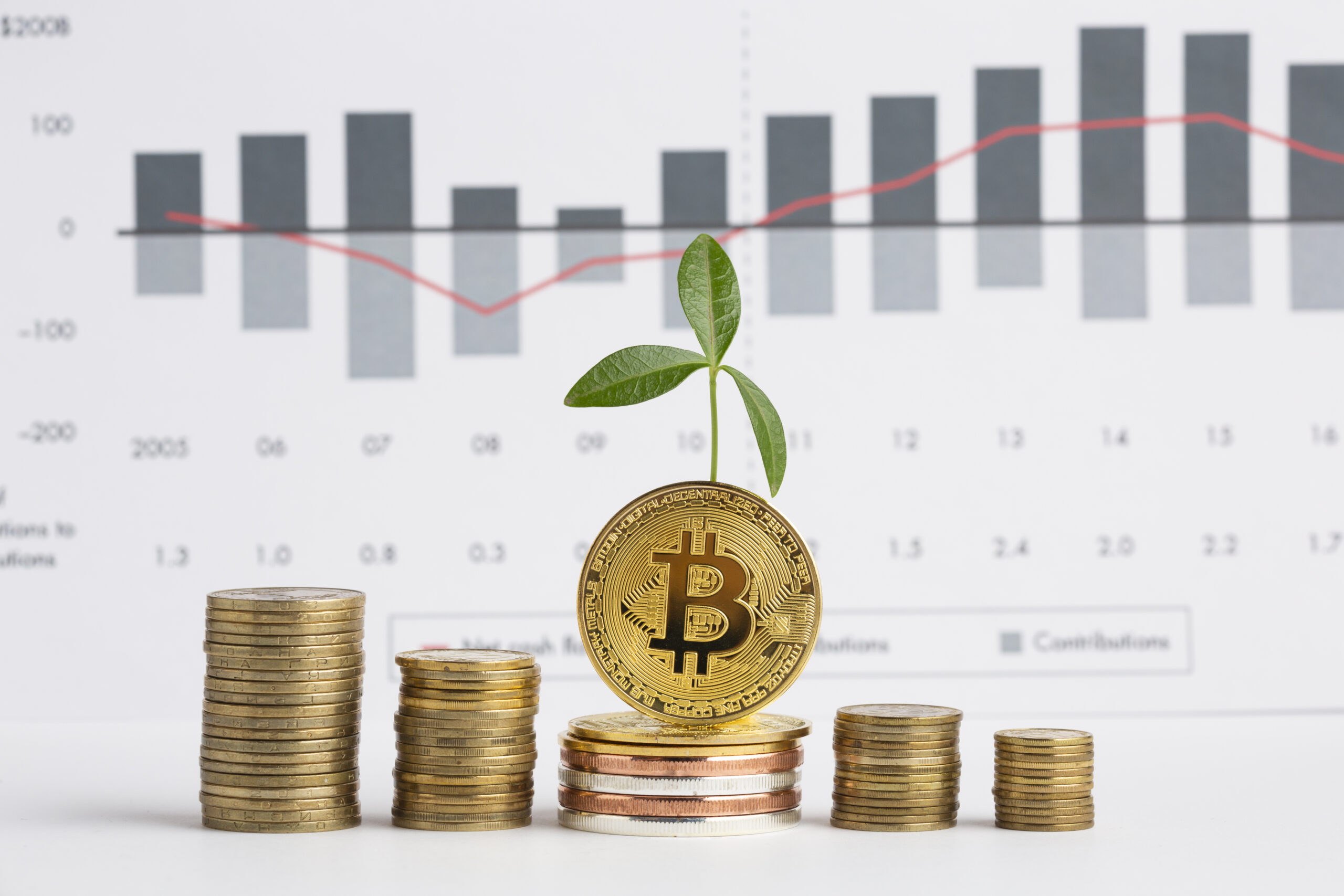
Age Of The Crypto Musician
NFTs (non-fungible tokens) are the latest buzzword in the music industry. This new trend has heads turning, and many believe it may revolutionize the way artists are paid.
NFTs use cryptocurrencies such as Bitcoin or Ethereum to facilitate digital transactions. These transactions can include diverse digital file data, ranging from an album to exclusive concert tickets.
The key to NFTs is blockchain technology. Blockchain is a digitally distributed ledger that can store all kinds of data, most importantly, digital transactions and NFT ownership.
Like with all emerging technologies, it is important to assess the advantages and possible pitfalls of NFTs.
For a more in-depth examination of Blockchain here is a link.
Advantages
Streamlined Payments
Perhaps the most interesting aspect of this technology lies in reshaping how musicians are compensated.
Traditionally, an artist is paid via royalties(online streams or physical sales); partly consumed by labels, publishers, managers, agents, etc. This middlemen-oriented system inevitably resulted in extensive paperwork, sluggish response, and delayed payment methods. And may have left the artist misinformed or unclear concerning royalty splits from their multiple revenue outlets.
Blockchain, on the contrary, can streamline data, stating the origin of a transaction all the way to its actual payment to the artist. This means payments of as little as a few cents can be generated and paid instantaneously.
Curated Experiences
NFTs allow a more direct fan to artist relationship through curated experiences. This may be bespoke online events, concert tickets, merchandise etc. In some scenarios, the NFT in question may be a limited release or a one-of-a-kind, inherently making it unique. From a fan’s perspective, these digital possessions are a way to showcase fandom.
Moreover, an NFT can be created such that it allows the artist to earn royalties regardless of the number of times the item is resold.
Project Funding
The transparent nature of blockchain facilitates improved means for funding an artist’s project. NFTs could help bolster fan participation and trust when crowdfunding an artist’s music project. Knowing the exact usage of the capital. Such a fan is an investor who is empowered by NFTs to recoup their investment and generate profits from the sale of the digital product.
Promising Technology
Several software minds have latched onto NFTs creating new solutions for the music industry. Websites like Choon, Ujo, and Audius are providing decentralized platforms for streaming, cataloging, and automating royalty payments.
Disadvantages
Indie Artists
Reports are manifold when it comes to established artists using NFTs to their advantage, however, it is still indefinite as to how it is beneficial for indie artists. A vital element to any artist’s success is a considerable fanbase, something that takes time to grow and indie musicians lack. With that said, artists are using NFTs to engage their fans in all sorts of ways and its creative extent is still unexplored.
Fraud and Legal Complications
With any new form of technology involving distribution, a new set of challenges arise, specifically copyrights. One has to be wary of nascent technologies like NFTs as fraudsters are lurking to exploit naive users. There have been instances where artist’s content(images, social media posts) has been unlawfully sold on NFT markets. Such violation of copyright and in some cases piracy, are problems that come with the territory. With the decentralized nature of the blockchain, it may be difficult to find those hosting unauthorized tokens.
The Environment
Ethereum (blockchain NFTs are a part of) is known for the energy consumption required to mine it. Environmental concerns have been raised by several outlets regarding the growing popularity of NFTs, which in turn are contributing to Ethereum’s increased energy use.
Conclusion
There are several conversations to be had about adopting NFTs and blockchain on a macro and micro level. Often the best outcome for an artist happens when all parties involved, i.e, the label, management, publishing, etc. are on the same page. It’ll take time for the benefits to be evident and well-established systems to shift. Packed with game-changing potential, the future of NFTs demand a keen observation.




